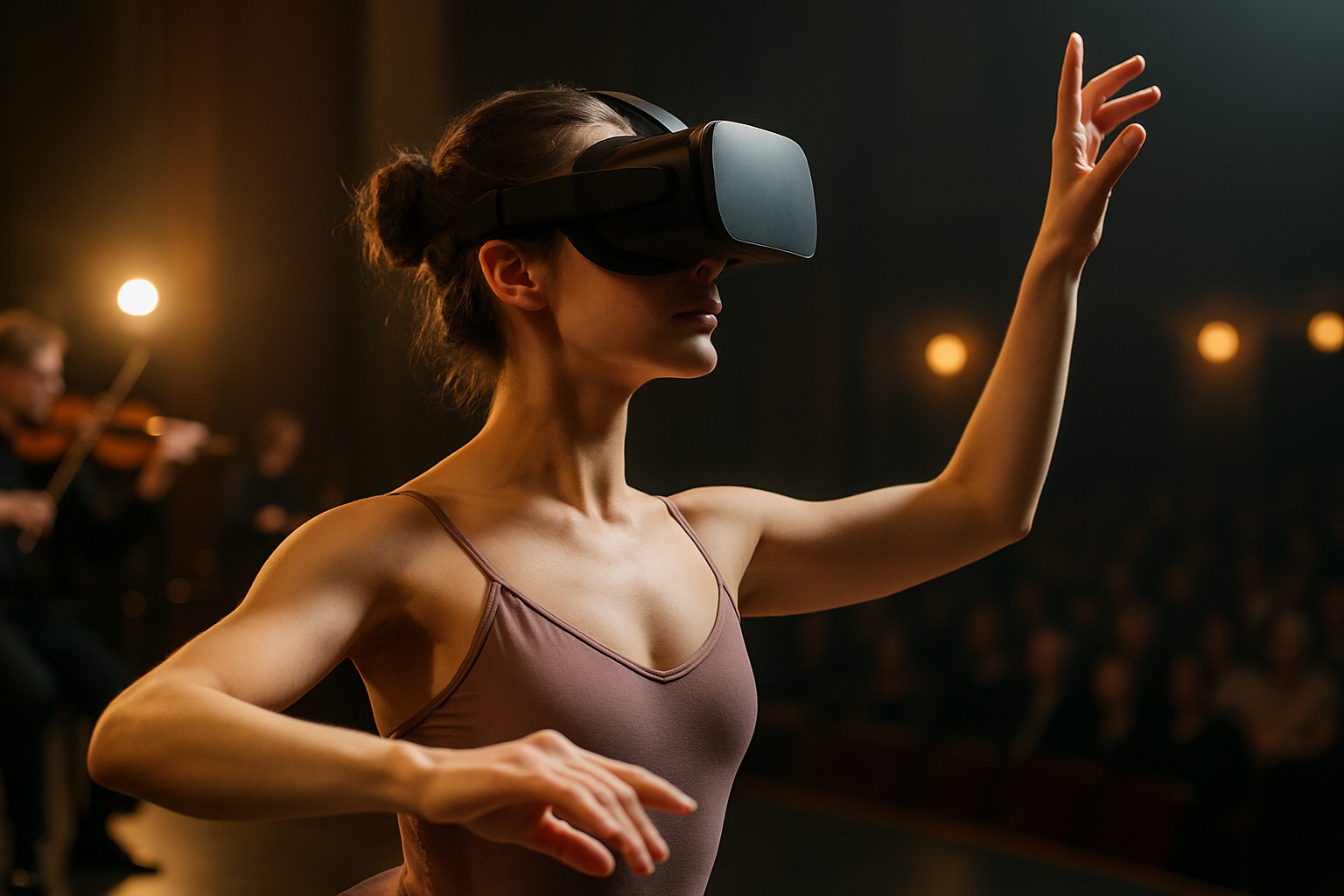Holographic Orchestras: A New Frontier in Concert Experiences
In a world where technology continues to reshape our entertainment landscape, holographic orchestras emerge as a groundbreaking fusion of classical music and cutting-edge innovation. This revolutionary approach to live performances is captivating audiences worldwide, offering a unique blend of traditional symphonic experiences and futuristic visual spectacles. As concert halls embrace this transformative technology, we explore the rise of holographic orchestras and their potential to redefine the future of classical music presentations.

Technical Marvels Behind the Scenes
At the heart of holographic orchestras lies a complex network of high-resolution projectors, motion capture technology, and advanced sound systems. Each performance is meticulously crafted, combining pre-recorded footage of world-class musicians with real-time rendering capabilities. The result is a seamless blend of virtual and physical elements, creating an immersive experience that challenges the boundaries between reality and digital illusion.
The Artistic Implications
For composers and conductors, holographic orchestras open up new realms of creative possibility. No longer constrained by physical limitations, these virtual ensembles can perform in impossible configurations or even morph mid-performance. This technology allows for the realization of complex musical visions that were previously unfeasible, pushing the boundaries of orchestral composition and arrangement.
Global Reach and Accessibility
One of the most significant advantages of holographic orchestras is their potential to democratize access to world-class performances. Remote locations that lack the infrastructure to host full orchestras can now experience symphonic music in its full glory. Furthermore, this technology enables simultaneous performances across multiple venues, allowing a single concert to reach global audiences in real-time.
Challenges and Controversies
Despite their potential, holographic orchestras face several challenges. Purists argue that the essence of live performance is lost in these digital recreations, questioning the authenticity of the experience. Technical difficulties, such as synchronization issues or projection failures, can disrupt the immersive quality of the performance. Additionally, there are ongoing debates about the impact on employment for live musicians and the potential for oversaturation of virtual performances.
The Future of Concert Experiences
As holographic technology continues to advance, we can expect even more innovative applications in the world of classical music. The integration of interactive elements, allowing audience members to influence the performance in real-time, is already being explored. Some visionaries predict a future where holographic orchestras can be customized for individual listeners, creating personalized concert experiences in the comfort of one’s home.
Cultural Impact and Artistic Evolution
The advent of holographic orchestras is not just a technological milestone; it represents a significant shift in how we perceive and consume classical music. This fusion of tradition and innovation is inspiring a new generation of composers, musicians, and audiences to engage with orchestral music in unprecedented ways. As the boundaries between virtual and physical performances blur, we are witnessing the birth of a new era in musical expression and appreciation.
Educational Opportunities
Holographic orchestras also present unique educational opportunities. Music students can now study the techniques of master musicians up close, observing intricate fingerings and bow movements in detail. Virtual masterclasses with holographic representations of world-renowned conductors and soloists are becoming a reality, offering invaluable learning experiences to aspiring musicians across the globe.
Economic Considerations
The financial implications of holographic orchestras are significant. While the initial investment in technology and production is substantial, the potential for revenue generation through global broadcasts and reduced touring costs is immense. This new model challenges traditional concert economics, potentially reshaping the financial landscape of classical music institutions.
Ethical Dilemmas and Intellectual Property
As with any emerging technology, holographic orchestras raise important ethical questions. The use of likenesses of deceased musicians, the rights of living performers whose performances are digitally reproduced, and the ownership of these virtual creations are all complex issues that the industry is grappling with. Establishing clear guidelines and legal frameworks for this new form of artistic expression is crucial for its sustainable development.





